Growing Awareness of Fungal Infections
The rising awareness regarding fungal infections among healthcare professionals and the general public appears to be a significant driver for the antifungal treatment market. Educational campaigns and initiatives by health organizations have contributed to increased recognition of the symptoms and risks associated with these infections. This heightened awareness may lead to earlier diagnosis and treatment, potentially reducing the severity of infections. As a result, the demand for antifungal treatments is likely to increase. In the US, the antifungal treatment market is projected to grow at a CAGR of approximately 6.5% from 2025 to 2030, reflecting the impact of this awareness on treatment uptake.
Increase in Immunocompromised Populations
The growing population of immunocompromised individuals, including those with HIV/AIDS, cancer patients undergoing chemotherapy, and organ transplant recipients, is a critical driver for the antifungal treatment market. These populations are at a heightened risk for fungal infections due to their weakened immune systems. As the prevalence of such conditions rises, the demand for effective antifungal treatments is likely to increase correspondingly. In the US, it is estimated that around 1.2 million people are living with HIV, and the number of cancer survivors continues to grow, further emphasizing the need for antifungal therapies. This demographic shift is expected to significantly impact the antifungal treatment market, potentially leading to a market valuation of $18 billion by 2030.
Rising Incidence of Antifungal Resistance
The increasing incidence of antifungal resistance poses a significant challenge to the antifungal treatment market. As certain fungal strains develop resistance to existing antifungal agents, the need for new and effective treatments becomes more pressing. This resistance is often attributed to the overuse and misuse of antifungal medications, leading to a cycle of treatment failure and increased healthcare costs. In response, researchers and pharmaceutical companies are focusing on developing novel antifungal agents that can overcome resistance mechanisms. The urgency to address this issue is likely to drive innovation and investment in the antifungal treatment market, potentially leading to a market size of $20 billion by 2030.
Technological Innovations in Antifungal Therapies
Technological advancements in antifungal therapies are driving the antifungal treatment market forward. Innovations such as novel drug formulations, targeted delivery systems, and combination therapies are enhancing treatment efficacy and patient compliance. For instance, the development of liposomal formulations has improved the bioavailability of antifungal agents, leading to better therapeutic outcomes. Furthermore, the integration of artificial intelligence in drug discovery is expediting the identification of new antifungal compounds. These advancements not only improve patient outcomes but also expand the range of available treatment options, thereby stimulating market growth. The antifungal treatment market is expected to benefit from these innovations, with a projected market value of $15 billion by 2030.
Regulatory Support for Antifungal Drug Development
Regulatory bodies in the US are increasingly supporting the development of antifungal drugs, which is likely to bolster the antifungal treatment market. Initiatives such as the FDA's Fast Track designation and Breakthrough Therapy designation facilitate the expedited review of new antifungal agents. This regulatory support encourages pharmaceutical companies to invest in research and development, leading to a more robust pipeline of antifungal treatments. As new therapies receive approval, the market is expected to expand, providing healthcare providers with more options to combat fungal infections. The antifungal treatment market could see a compound annual growth rate of 7% as a result of these favorable regulatory conditions.


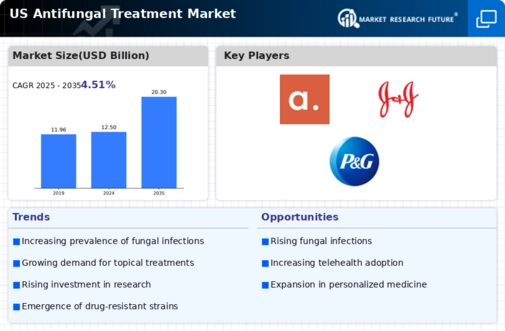
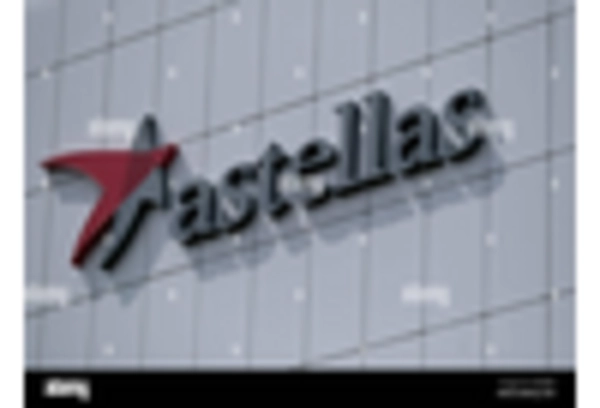
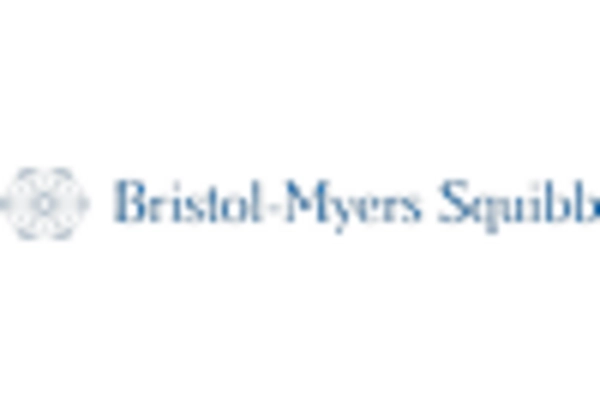
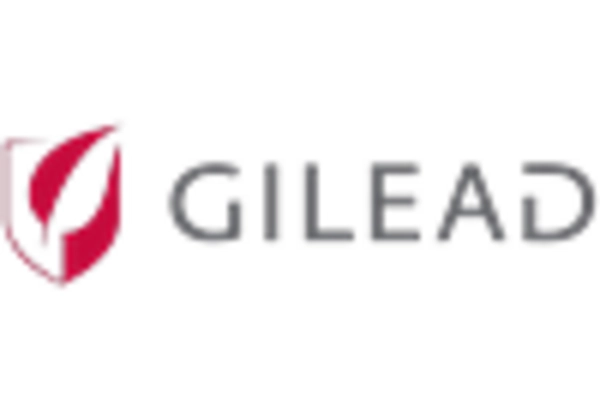
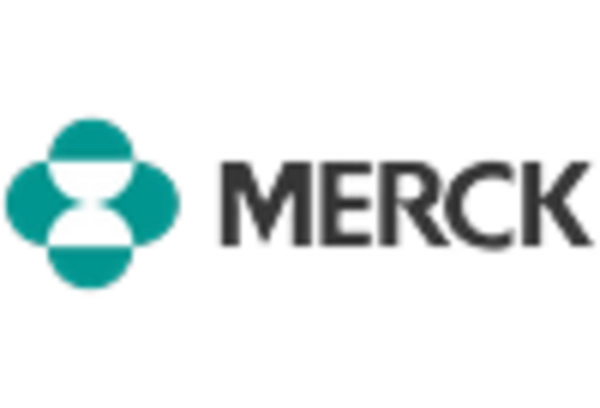
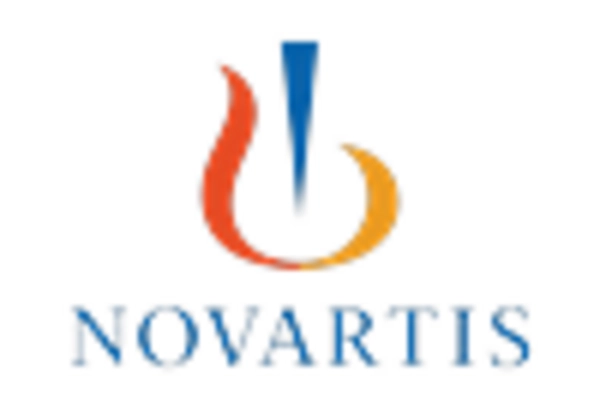









Leave a Comment